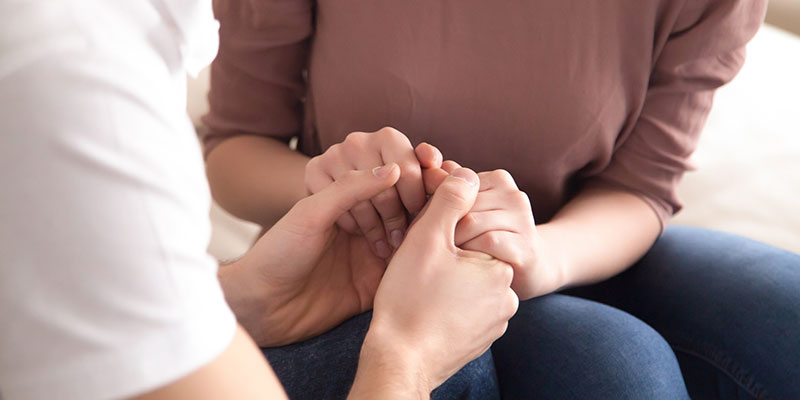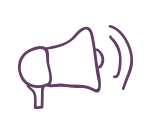4 Tips on Overcoming Codependent Behavior
After you’ve taken the first step towards recovery, the next step is to start eliminating your codependent behaviors. It may be difficult at first but it’s important to remember that your behaviors are contributing to a toxic and unhealthy association that simply needs to stop.
Here are a few tips to get you started towards interdependence:
First thing’s first, get treatment for your (or your partner’s) substance abuse problem.
Nothing is going to change if your relationship is still fueled by unclear thinking, emotional volatility, and physical addiction. And even if it does temporarily, that respite from the abuse that it causes will most likely be short-lived.
Start putting an emphasis on communicating your feelings.
The #1 reason couples split up is a lack of communication. Funny enough, one the biggest contributors to the development of a codependent relationship is also a lack of communication.
You may be used to ignoring your feelings or even not fully understanding what they are and where they’re coming from. But the more you start to express your feelings, the better you’ll get at identifying what’s actually wrong and communicating what you want to change.
Having a voice is having power.
Learn to process your childhood.
Codependency has a profound link to past trauma during childhood. As a child, you may have been abandoned by a parent, forgotten by a friend, or ignored and made to feel useless by someone you loved and respected. In order to overcome your codependent habits, it’s essential that you actively begin to acknowledge these feelings so you can overcome them.
Next time you feel an overwhelming sense of fear or anxiety, try to think back to times when you were younger that you felt the same emotion. Pick out specific details about the situation and really take a look at why you were experiencing that feeling in the first place. And most importantly, recognize that in most cases, what happened to you was not actually your fault.
This simple acknowledgement can have a cascading effect that helps you understand that the emotions and compulsions causing your codependent behavior today don’t need to rule your life.
Treat Addiction First.
If your spouse or family member is struggling with addiction, determine if they’re also dealing with symptoms of a co-occurring disorder like post-traumatic stress disorder before seeking out a treatment center. While you may think that it’s better to treat the addiction first and the other mood disorder later, the truth is that these two mental health issues actually tend to exacerbate each other. As such, treating them one at a time may never work since they’re both constantly adding fuel to each other’s flame.
Instead, take the time to find a dual-diagnosis addiction facility that’s equipped to treat both disorders at the same time. Doing so will ensure your loved one’s rehabilitation is far more successful and the likelihood of eliminating codependency will be even higher.






